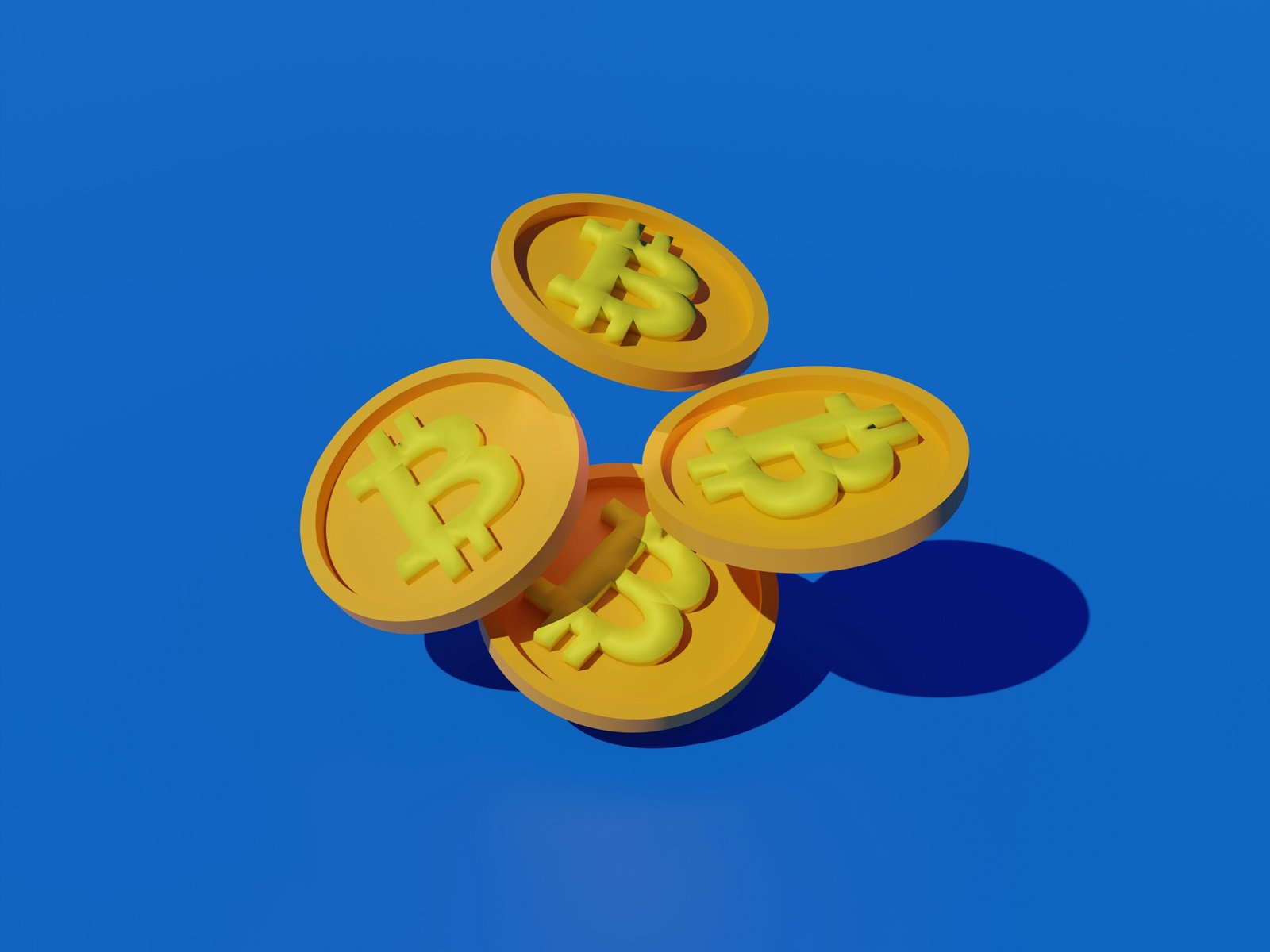
Imagine the thrill of witnessing a groundbreaking achievement in the world of digital currencies – XRP, the cryptocurrency created by Ripple, has recently accomplished an unprecedented milestone by soaring past the impressive $100 billion market cap mark. With its remarkable progress and steady rise, XRP continues to capture the attention of investors worldwide, heralding a new era for the cryptocurrency industry. Join the global celebration as we explore the incredible journey and undeniable potential of XRP in this awe-inspiring article.

This image is property of images.unsplash.com.
What is XRP?
Overview of XRP
XRP is a digital currency that was created by Ripple Labs, a technology company focused on providing solutions for fast, secure, and low-cost international money transfers. It was designed to facilitate efficient cross-border transactions and offer liquidity to financial institutions.
Introduction to Ripple
Ripple is the company behind XRP and its blockchain technology. Ripple’s goal is to create a globally interconnected network where money can be moved as quickly, reliably, and inexpensively as information. The company has developed various products and services, including RippleNet, which is a network of financial institutions that use Ripple’s technology to facilitate cross-border payments.
Importance of market cap
Market capitalization, or market cap, is a measure of the total value of a cryptocurrency. It is calculated by multiplying the current price of a single unit of the cryptocurrency by the total number of units in circulation. Market cap is an important metric as it provides insights into the size and prominence of a cryptocurrency within the overall market. A higher market cap indicates a larger and more established cryptocurrency, which can attract more attention and investment.
Understanding Market Cap
Definition of market cap
Market cap refers to the total value of a cryptocurrency, which is calculated by multiplying the current price of a single unit of the cryptocurrency by the total number of units in circulation. It provides an indication of the size and prominence of a cryptocurrency within the market. Market cap is used to compare different cryptocurrencies and assess their relative value and importance.
How market cap is calculated
To calculate market cap, you take the current price of a single unit of the cryptocurrency and multiply it by the total number of units in circulation. For example, if the price of one XRP is $1 and there are 50 billion XRP in circulation, the market cap would be $50 billion. Market cap can fluctuate based on changes in the price of the cryptocurrency or changes in the total supply of the cryptocurrency.
Significance of market cap for cryptocurrencies
Market cap is an important metric for cryptocurrencies as it provides insights into the size, prominence, and potential of a cryptocurrency within the overall market. A higher market cap indicates a larger and more established cryptocurrency, which can attract more attention from investors, financial institutions, and the general public. It can also increase the credibility and trustworthiness of a cryptocurrency, making it more likely to be adopted for mainstream use.
XRP’s Market Cap Journey
Historical market cap data of XRP
XRP has experienced significant growth in its market cap since its launch in 2012. In the early years, the market cap was relatively small, but it started to gain traction as Ripple’s technology gained recognition and adoption by financial institutions. The market cap crossed the $100 billion milestone in early 2018, marking a major achievement for XRP and solidifying its position in the cryptocurrency market.
Factors contributing to XRP’s market cap growth
Several factors have contributed to the growth of XRP’s market cap. First, Ripple’s partnerships with major financial institutions have increased the visibility and usage of XRP, leading to increased demand and value. Additionally, Ripple’s focus on providing fast, secure, and low-cost cross-border payment solutions has attracted the attention of global financial institutions, further boosting the market cap of XRP.
Comparison with other cryptocurrencies
XRP’s market cap has often been compared to that of other prominent cryptocurrencies like Bitcoin and Ethereum. While Bitcoin remains the largest cryptocurrency by market cap, XRP has consistently held a top position and has established itself as a significant player in the market. The growth of XRP’s market cap has demonstrated the potential for alternative cryptocurrencies to make a substantial impact in the industry.
Implications of Crossing $100 Billion Market Cap
Importance of reaching $100 billion
Crossing the $100 billion market cap is a significant milestone for any cryptocurrency. It demonstrates the growing recognition and acceptance of the cryptocurrency in the financial industry and the broader market. Reaching this milestone indicates that XRP has established itself as a major player and has gained the trust and confidence of investors and financial institutions.
Impact on investor sentiment
Crossing the $100 billion market cap can have a positive impact on investor sentiment. It signals that XRP is a well-established and valuable cryptocurrency, making it more attractive to potential investors. Increased investor interest can potentially drive up demand and value for XRP, further boosting its market cap and overall growth.
Potential for further growth
Crossing the $100 billion market cap opens up new opportunities for further growth and development of XRP. It provides Ripple with additional resources to invest in research, development, and partnerships, which can enhance the utility and adoption of XRP. With a larger market cap, XRP can also attract more investors and financial institutions, increasing its prominence and influence in the global financial ecosystem.

This image is property of images.unsplash.com.
Ripple’s Role in XRP’s Success
Ripple’s influence on XRP’s market cap
Ripple, as the parent company of XRP, has played a crucial role in driving the success and growing market cap of XRP. Ripple’s partnerships with financial institutions have helped increase the usage and demand for XRP, leading to its market cap growth. Additionally, Ripple’s focus on providing efficient and cost-effective cross-border payment solutions has positioned XRP as a valuable asset for banks and financial institutions worldwide.
Collaborations and partnerships driving adoption
Ripple’s collaborations and partnerships have been instrumental in driving the adoption and usage of XRP. By partnering with major financial institutions, Ripple has been able to promote the benefits of XRP as a liquidity solution and encourage its integration into the existing financial infrastructure. These collaborations have not only boosted XRP’s market cap but have also paved the way for wider acceptance and integration of cryptocurrencies in the mainstream financial system.
Integration of XRP in Ripple’s products
Ripple has integrated XRP into its various products, including RippleNet and xRapid. RippleNet is a network of financial institutions that use Ripple’s technology to facilitate fast and low-cost cross-border payments. xRapid is a product that utilizes XRP as a bridge currency, enabling instant liquidity for financial institutions. These integrations have increased the utility and relevance of XRP, further driving its market cap growth.
XRP’s Use Cases
Cross-border payments
One of the primary use cases of XRP is facilitating cross-border payments. By leveraging Ripple’s technology, financial institutions can use XRP as a liquidity solution to settle transactions quickly and cost-effectively. XRP’s fast settlement times and low transaction fees make it an attractive option for cross-border payments, especially when compared to traditional methods that can be slow and expensive.
Remittances and money transfers
XRP also has significant potential in the remittance industry. Many people around the world rely on remittances for financial support, and XRP can offer a faster and cheaper alternative for sending money across borders. By using XRP for remittances, individuals can reduce transaction costs and eliminate the need for intermediaries, resulting in more efficient and affordable transfers.
Banking and financial institutions’ adoption
XRP’s market cap growth is closely tied to its adoption by banks and financial institutions. As more institutions recognize the benefits of using XRP for cross-border transactions, the demand for XRP increases, driving its market cap. The speed, security, and low cost of XRP transactions make it an attractive option for financial institutions looking to improve their payment systems and streamline international transfers.

This image is property of images.unsplash.com.
Factors Driving XRP’s Market Cap Growth
Regulatory environment
The regulatory environment plays a crucial role in the market cap growth of cryptocurrencies like XRP. Clear and favorable regulations can attract institutions and investors, driving up demand and value for XRP. On the other hand, regulatory uncertainties or unfavorable regulations can hinder market cap growth and limit the adoption of XRP. Ongoing developments in the regulatory landscape will continue to influence XRP’s market cap.
Global financial trends
Global financial trends, such as the increasing adoption of digital payments and the growing interest in blockchain technology, have contributed to XRP’s market cap growth. As more financial institutions and individuals recognize the benefits of using cryptocurrencies for cross-border transactions, the demand for XRP is likely to increase, positively impacting its market cap. Keeping abreast of global financial trends is essential for understanding and predicting XRP’s market cap growth.
Investor confidence in XRP
Investor confidence plays a significant role in the market cap growth of any cryptocurrency. Positive investor sentiment towards XRP, driven by factors such as partnerships, technological advancements, and market performance, can lead to increased investment and demand for XRP, resulting in a higher market cap. Establishing trust and confidence among investors is crucial for sustaining and expanding XRP’s market cap.
Challenges and Risks for XRP
Competition from other cryptocurrencies
One of the significant challenges for XRP’s market cap growth is competition from other cryptocurrencies. Bitcoin, Ethereum, and other established cryptocurrencies pose a threat to XRP’s market dominance. The ability of these cryptocurrencies to attract investors and financial institutions could limit the growth of XRP’s market cap. To stay competitive, XRP needs to differentiate itself and continue to offer innovative solutions for cross-border transactions.
Regulatory uncertainties
Regulatory uncertainties surrounding cryptocurrencies can pose risks to XRP’s market cap growth. Governments and regulatory authorities worldwide are still in the process of developing regulations for cryptocurrencies, which can create uncertainty and hinder adoption by financial institutions. A clear and favorable regulatory framework is essential for XRP to continue its market cap growth and gain wider acceptance in the financial industry.
Volatility and market fluctuations
The cryptocurrency market is highly volatile, and XRP is not exempt from price fluctuations. Sharp price swings and market downturns can impact XRP’s market cap, as investor sentiment and demand for cryptocurrencies can be influenced by market conditions. The ability of XRP to maintain a stable market cap in the face of market volatility is crucial for its long-term growth and success.
Expert Opinions on XRP’s Market Cap
Analyst predictions for future market cap
Analysts have varying predictions for XRP’s future market cap. Some believe that XRP has the potential to surpass its current market cap milestone and reach even higher levels in the coming years. They cite the growing adoption of Ripple’s technology, the increasing interest from financial institutions, and the potential for global remittance market disruption as factors that could drive XRP’s market cap upwards.
Potential hurdles for surpassing $100 billion
There are several potential hurdles that XRP may face in surpassing the $100 billion market cap milestone. These include regulatory challenges, competition from other cryptocurrencies, and market volatility. Overcoming these hurdles will require continued innovation, strategic partnerships, and regulatory clarity to maintain and improve XRP’s market cap growth.
Long-term prospects for XRP
The long-term prospects for XRP are highly promising. The increasing recognition and adoption of Ripple’s technology, the growing interest from financial institutions, and the potential for global payments disruption position XRP for further market cap growth. However, the cryptocurrency market is dynamic and subject to various external factors, so the long-term prospects for XRP’s market cap growth will depend on its ability to adapt and thrive in an evolving industry.
Conclusion
Summary of XRP’s $100 billion market cap milestone
Crossing the $100 billion market cap milestone is a significant achievement for XRP. It indicates the growing recognition and acceptance of XRP in the financial industry and the broader market. XRP’s market cap growth has been driven by factors such as Ripple’s partnerships, its focus on cross-border payments, and increasing adoption by financial institutions.
Significance for the cryptocurrency market
XRP’s $100 billion market cap milestone is also significant for the cryptocurrency market as a whole. It demonstrates the potential for alternative cryptocurrencies to establish themselves as viable and valuable assets. XRP has shown that it is possible to challenge traditional financial systems and offer efficient solutions for cross-border transactions.
Expectations for XRP’s future growth
The future growth of XRP’s market cap will depend on various factors, including regulatory developments, global financial trends, and investor confidence. XRP has the potential for further growth, with analysts predicting continued market cap increases based on the increasing adoption of Ripple’s technology and the potential disruption of the global remittance market. However, challenges such as regulatory uncertainties and competition from other cryptocurrencies must be addressed for XRP to maintain its growth trajectory.
